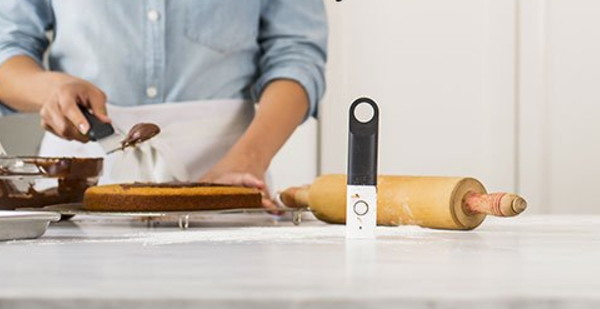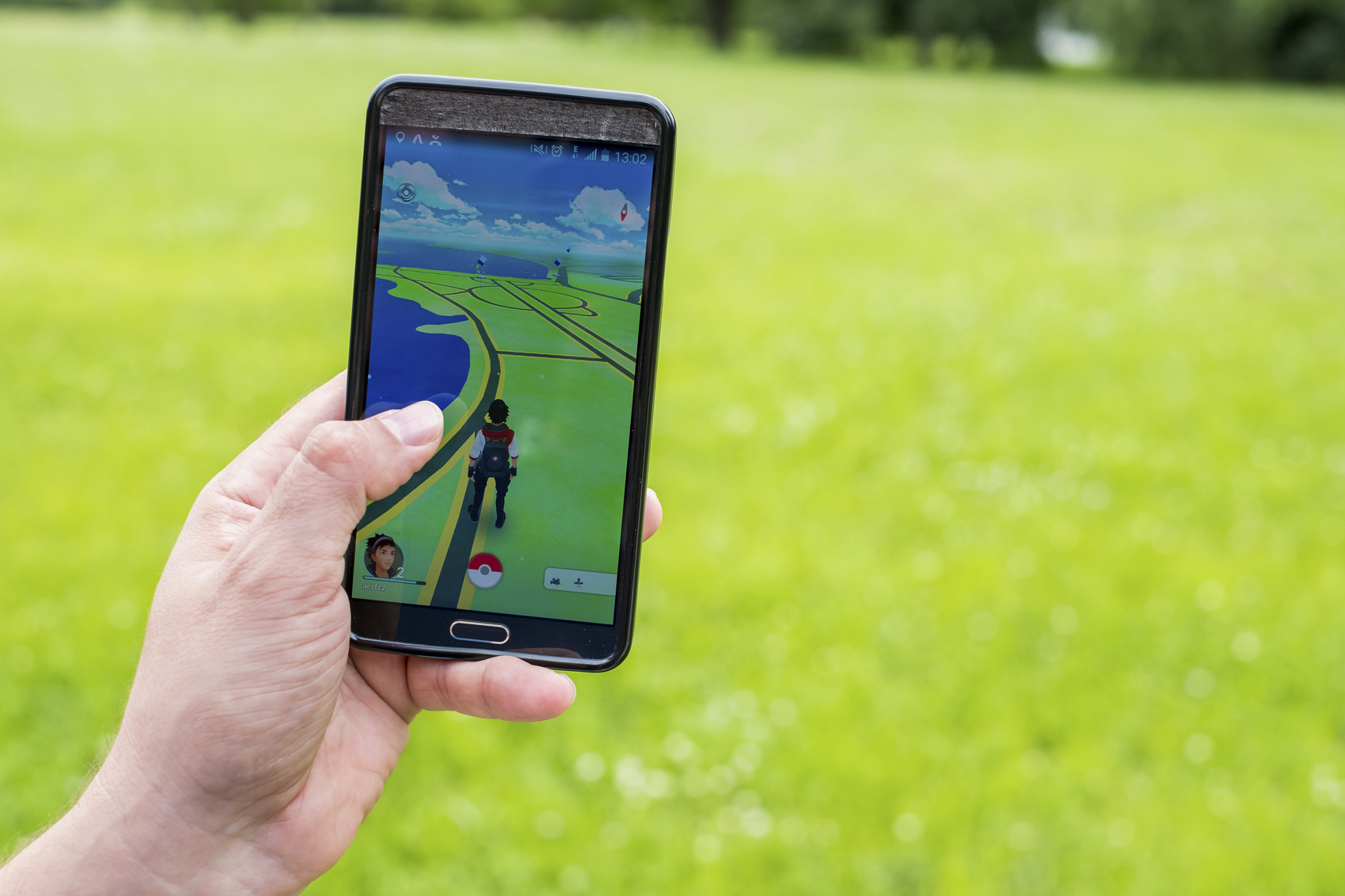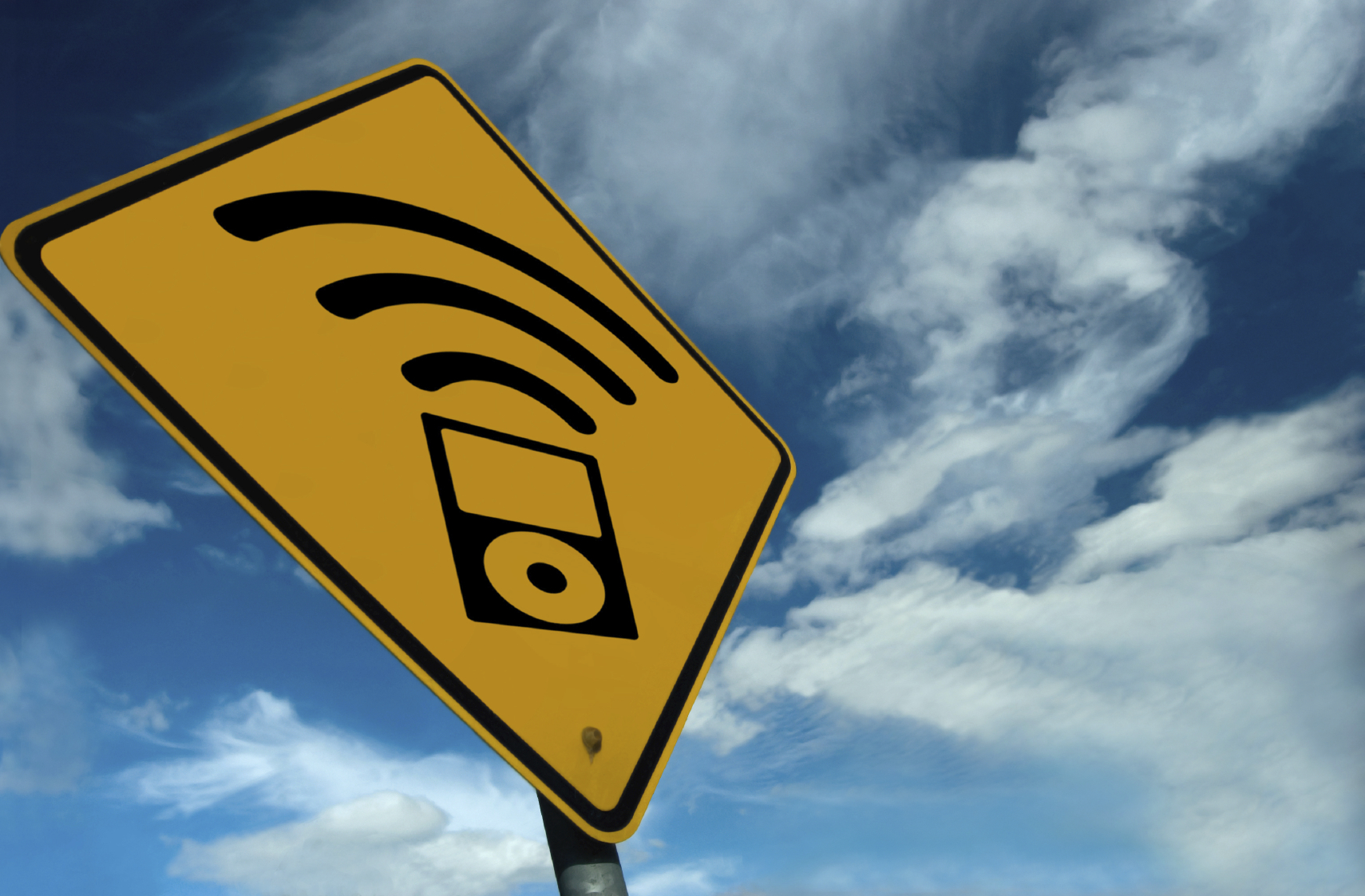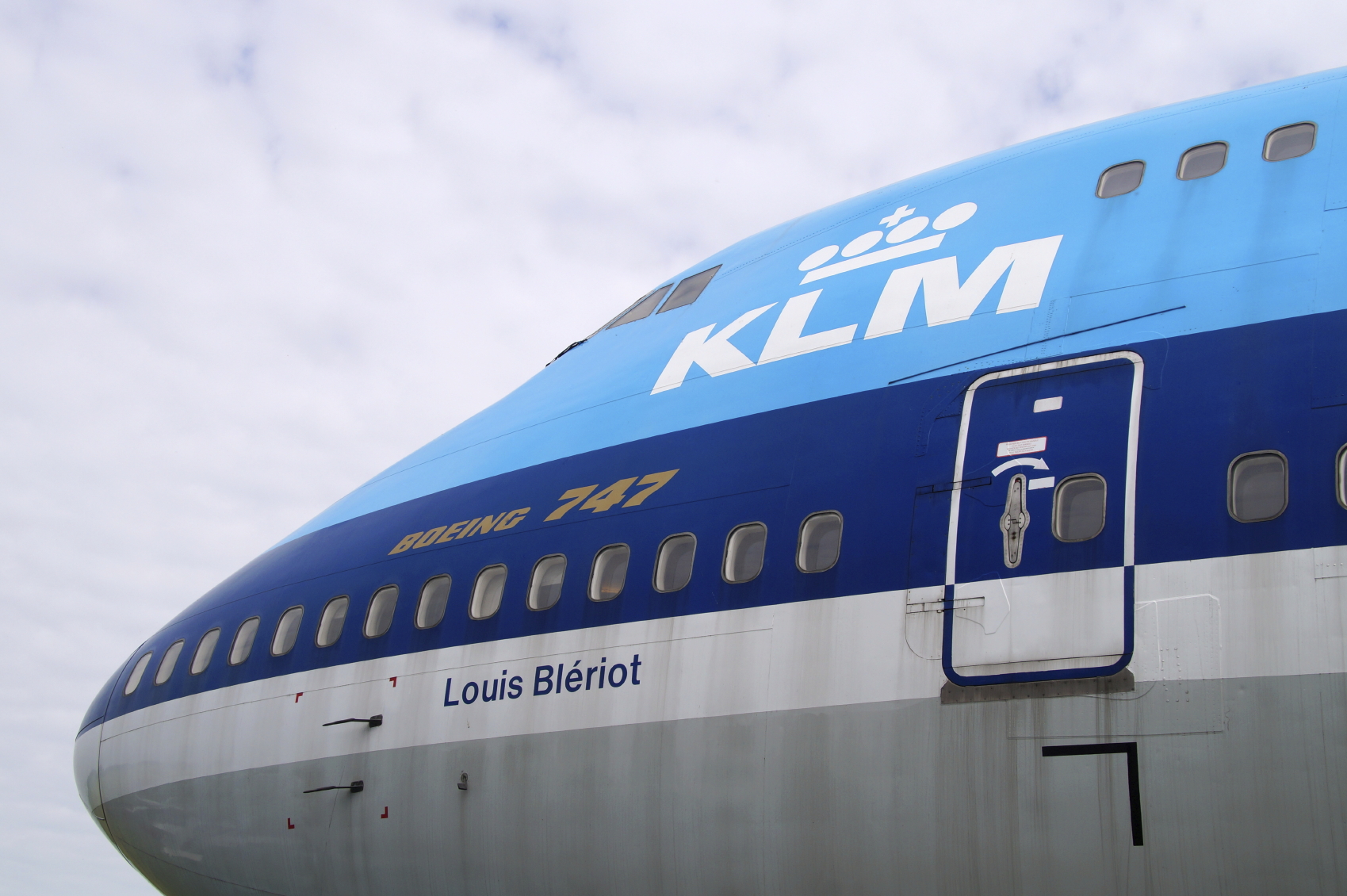What Happened
Amazon continues with its master plan of conquering every room of the smart home with the launch of yet another Alexa-powered connected device. The Dash Wand, which the ecommerce giant unveiled on Wednesday night, is a cordless barcode scanner with Alexa integration. Designed specifically for kitchen use with its water-resistant, durable design, it focuses on facilitating grocery shopping from AmazonFresh. Prime members can either push a button and tell Alexa what to add to their shopping cart, like they would with an Amazon Tap. or simply use it to scan a barcode of the item they’d like to repurchase.
Thanks to the full Alexa integration, the Dash Wand also doubles as a smart kitchen aid, capable of finding recipes, converting units of measurement, or even finding nearby restaurants when your own culinary attempt fails. Notably, Amazon is essentially giving out this $20 device for free, as Prime customers will get 20 off their next purchase after registering the device.
What Brands Need To Do
Amazon created a smart home product with an incredibly focused user case – helping people cook. With a water-resistant, durable design, it is designed to be used in the kitchen. From finding recipes to getting the ingredients to setting timers for the oven, Alexa can do it all, making it a super valuable addition to a modern kitchen.
For Amazon, this device serves as a gateway to attract more shoppers to use AmazonFresh, which underscores Amazon’s aggressive push into the grocery market. According to a recent report from Food Marketing Institute and Nielsen, about a quarter of American households currently buy some groceries online, and more than 70% will engage with online food shopping within 10 years. In fact, online grocery sales are expected to hold 20% of the market by 2025. No wonder Amazon is willing to give away Dash Wand for free in exchange of further locking Prime members into its ever-expanding ecosystem.
As Amazon continues to push into the grocery market, it is becoming increasingly crucial for grocery and household CPG brands to make their products available and discoverable through Amazon. For food retail chains, this should come as a wake-up call to invest in ecommerce channels of your own or forge alliances with Amazon rivals that can surface your online services via their competing smart home devices so as to reach grocery shoppers right in their kitchens.
Source: Amazon
Header image courtesy of Amazon’s promotional image









